According to the Minnesota Department of Education, currently over half of all students in Minnesota’s public schools are reading below grade level. That’s a serious problem for those students and a damning indictment of our public education system.
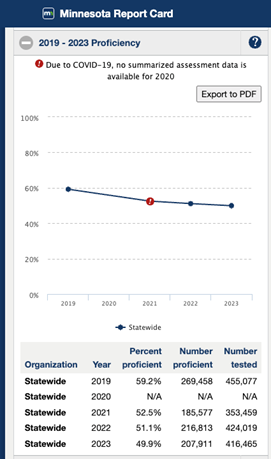
When confronted with the reality that Minnesota’s public education system is failing to prepare students for life, college, democracy, and careers, the consistent, decades-old rhetoric of the teachers’ unions kicks in to claim the root problem is insufficient funding of the public education system.
Dutifully on Nov. 7, 2023, Minnesotans across the state passed school district levies worth hundreds of millions, if not billions, of dollars. Even during these challenging economic times, Minnesotans affirmed their support of public education.
But are we throwing good money after bad?
Of Minnesota’s FY 2022-2023 biennium expenditures, the E-12 Education category was the largest percentage of spending at nearly 40% of the budget, representing $20.2 billion. Keep in mind, that $20.2 billion does not include local property taxes, federal grants, or other sources of direct revenue for school districts.

If we take the Minnesota Department of Education’s public student population of 870,019 and divide just the state’s education expenditures by it, we find that the state spent $23,218 per student during that two-year period. The FY 2024-25 Biennium is expected to spend $25 billion on education – a 25% increase in spending!
According to EdChoice.org, Minnesota’s public schools spend on average $16,598 per pupil per year – more than twice what the average K-12 private tuition runs in the state. Meanwhile, some school districts, such as Eastern Carver County Schools, spend $23,000 per student per year.
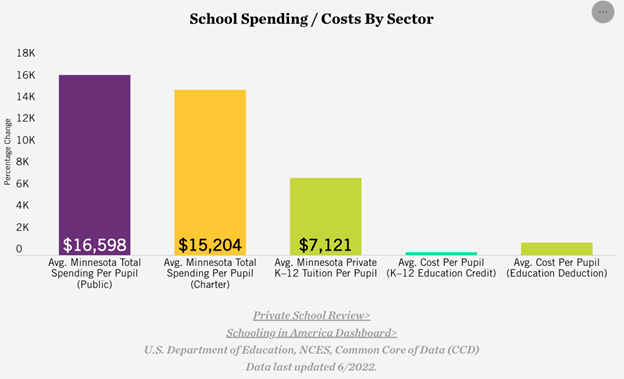
The results of all that spending are not impressive. In fact, they’re very disconcerting. Barely half of our 10th grade public school students are at grade level for reading.
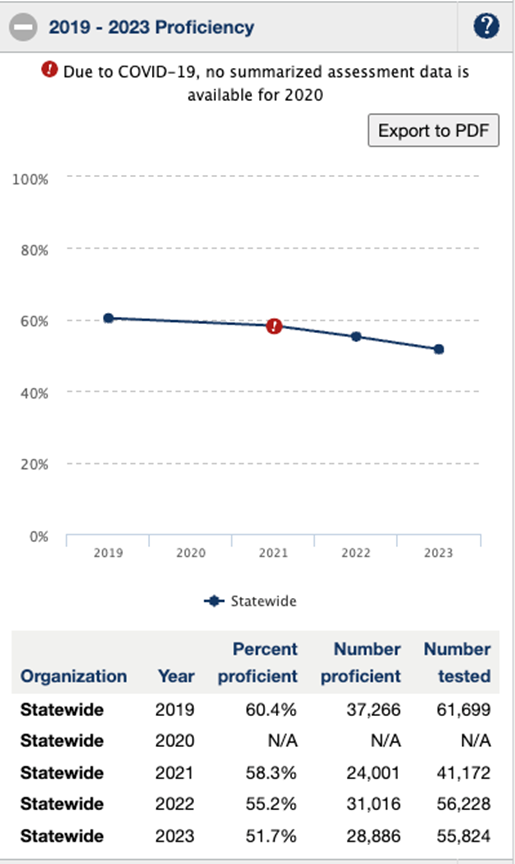
Obviously, the education of children requires financial resources. Ask a homeschooling family who personally purchases curriculum, pays for co-ops and extracurricular activities, and has a mom or dad foregoing paid employment. They will tell you; resources are required for education.
As a state, we all believe in the importance of an educated public and the need to provide public funds to achieve that mission. But we need to ask ourselves, is there a difference between funding the current public education system and funding the education of the public?
The reason we fund education is to have an educated public. Simple enough. This tradition goes all the way back to the American colonies. As early as 1642 Massachusetts established what are known as the Massachusetts School Laws, which required parents to provide their children with an education, both for the common good and the good of the kids. The law didn’t say how they would be educated, simply that education was required.
With that in mind, it’s time we rethink our public education paradigm.
We provide public tax dollars to ensure the public is educated, something absolutely critical to the well-being of individuals, our democracy, and the economy. No one seriously disputes the funding of education.
But we should ask ourselves, why are we spending enormous sums per student on a single, monolithic system that has proven itself incapable of getting the job done? Is there not a difference between funding the education of the public and funding the current education system? If an education system isn’t working, then shouldn’t we consider other approaches to make sure the public is educated?
At OAK, we recognize that the education system has sadly failed; new approaches are required. We do not egotistically propose to create a new public education system and demand every child go through it. No, we believe that parents should be the primary drivers of their kids’ educations and have the freedom to choose how their child will be educated.
There are many approaches to education, some will work great for some students, while other students need a different approach. The only way to give every kid the opportunity to find the right school with the right educational approach is to stop funding a failed system and to start funding the students.
—
Image Credit: Pexels

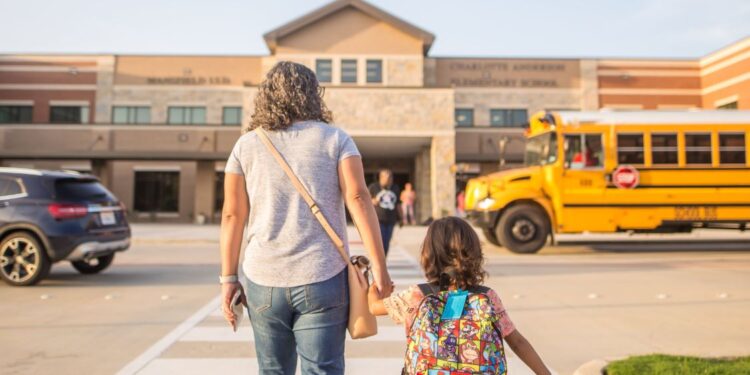

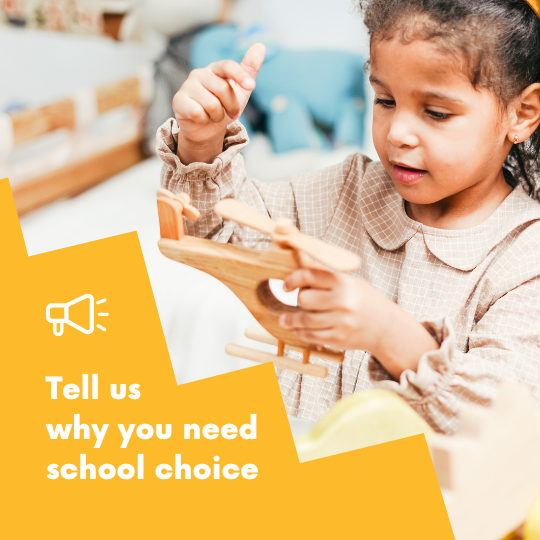




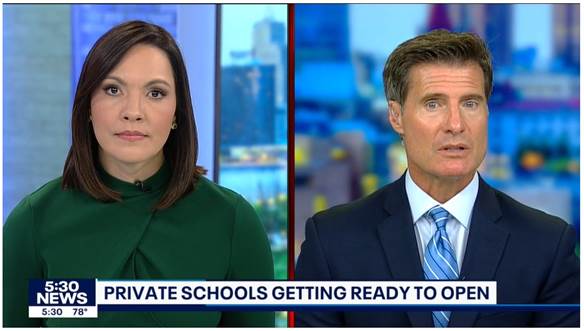


![[downloaded during free trial]](https://oakmn.org/wp-content/uploads/2025/11/iStock-1430368205-120x86.jpg)

